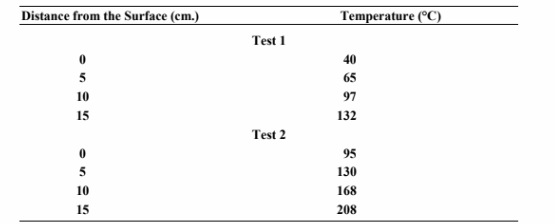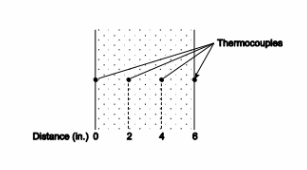A particle physicist observes cosmic rays creating a new particle high in the atmosphere, and the speed of this particle is measured at 99.7% the speed of light. It is unstable, and is observed to decay in an average 37.0 ?s
If this particle were at rest in the laboratory, what would be its average lifetime? A) 2.9 µs
B) 18 µs
C) 5.3 µs
D) 12 µs
E) 4.3 µs
A
You might also like to view...
How have astronomers discovered planets orbiting a star beyond the Sun?
A. They can see the planet brighten as it passes in front of its parent star. B. They have bounced radar off them. C. They can be detected by the slight gravitational tug that they exert on their parent stars. D. So far, no planets have been discovered around any other stars.
At t = 0, a wheel rotating about a fixed axis at a constant angular acceleration has an angular velocity of 2.0 rad/s. Two seconds later it has turned through 5.0 complete revolutions. What is the angular acceleration of this wheel?
A. 17 rad/s2 B. 14 rad/s2 C. 20 rad/s2 D. 23 rad/s2 E. 13 rad/s2
Which of the following atoms normally has one covalent bond to it?
a. At b. Se c. Si d. P e. Ne
To determine the thermal conductivity of a structural material, a large 15 cm-thick slab of the material was subjected to a uniform heat flux of 2500 W/m2 , while thermocouples embedded in the wall 2.5 cm. intervals are read over a period of time. After the system had reached equilibrium, an operator recorded the thermocouple readings shown below for two different environmental conditions

From these data, determine an approximate expression for the thermal conductivity as a
function of temperature between 40 and 208°C.
GIVEN
Thermal conductivity test on a large, 6-in.-thick slab
Thermocouples are embedded in the wall 2 in. apart
Heat flux (q/A) = 2500 W/m2
Two equilibrium conditions were recorded (shown above)
FIND
An approximate expression for thermal conductivity as a function of temperature between 40 and
2080C
ASSUMPTIONS
One dimensional conduction
SKETCH
